Contact Masper
Air Source Heat Pump
System Design & Installation,
All Your ASHP needs.
Call

Call
At Masper Build LTD, we pride ourselves on offering a wide range of services, including the design and installation of Air Source Heat Pump Systems (ASHP). Our team of competent, trained, and qualified engineers are dedicated to providing top-notch services to both residential and commercial properties.
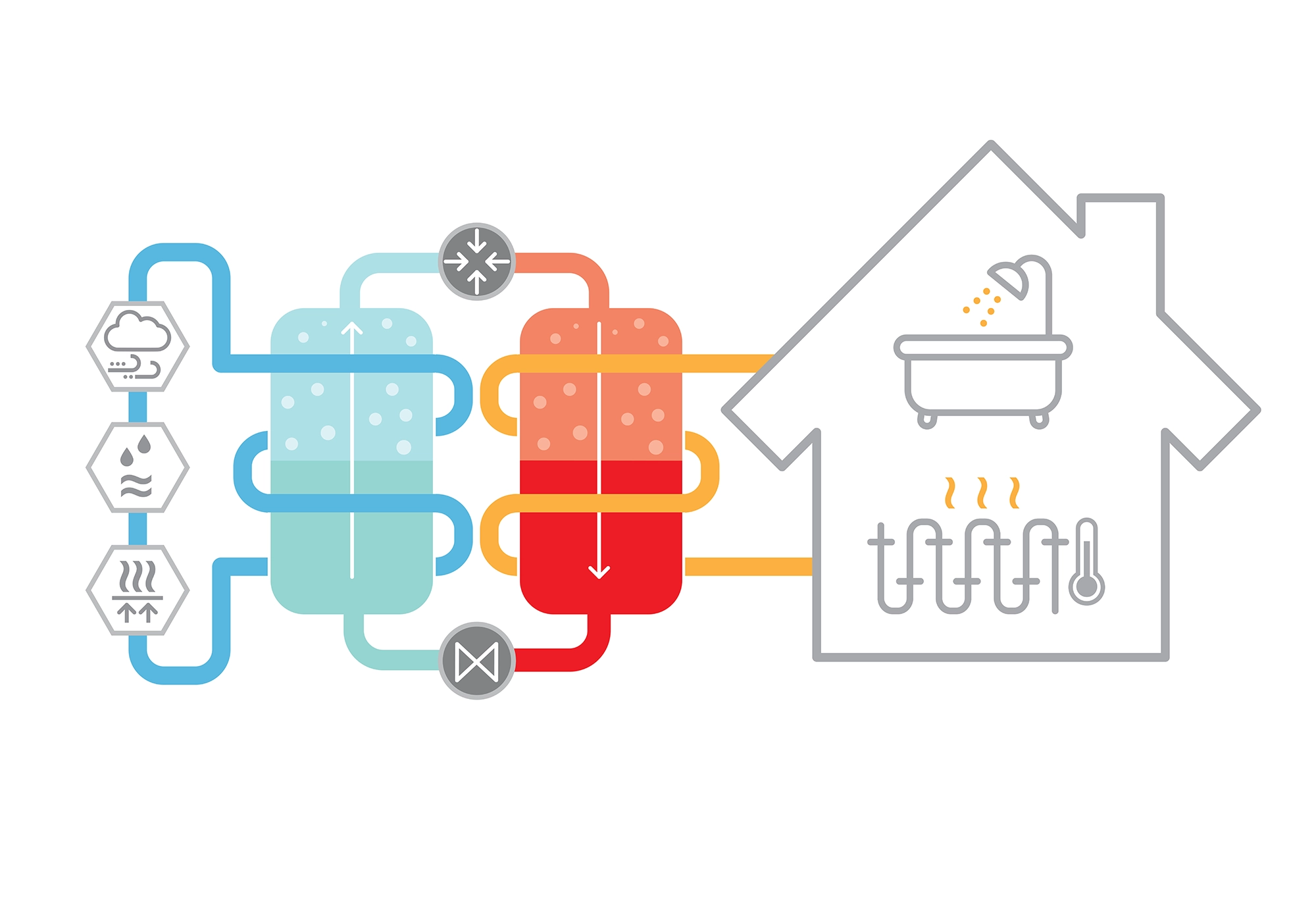
An Air Source Heat Pump (ASHP) is a system that transfers heat from outside to inside a building, or vice versa. It uses a refrigerant system involving a compressor and a condenser to absorb heat at one place and release it at another. They can be used as a space heater or cooler, and even to heat water.
ASHPs are a sustainable and energy-efficient alternative to traditional heating systems. They extract heat from the air outside, which is then used to heat radiators, underfloor heating systems, or warm air convectors and hot water in your property.
An ASHP works by transferring heat absorbed from the outside air to an indoor space such as a home or an office via the wet central heating systems to heat radiators and provide hot water. ASHPs operate well with underfloor heating systems or warm air heating.
These systems include a couple of main components: an outdoor unit which comprises a fan that brings in the outside air, and an indoor unit that contains a heat exchanger and fan. The system works in a series of stages:
ASHPs continue to operate down to temperatures of -15°C to -25°C, depending on the model. In the UK, it’s rare for the temperature to fall below -10°C, so an ASHP is suitable for the UK climate.
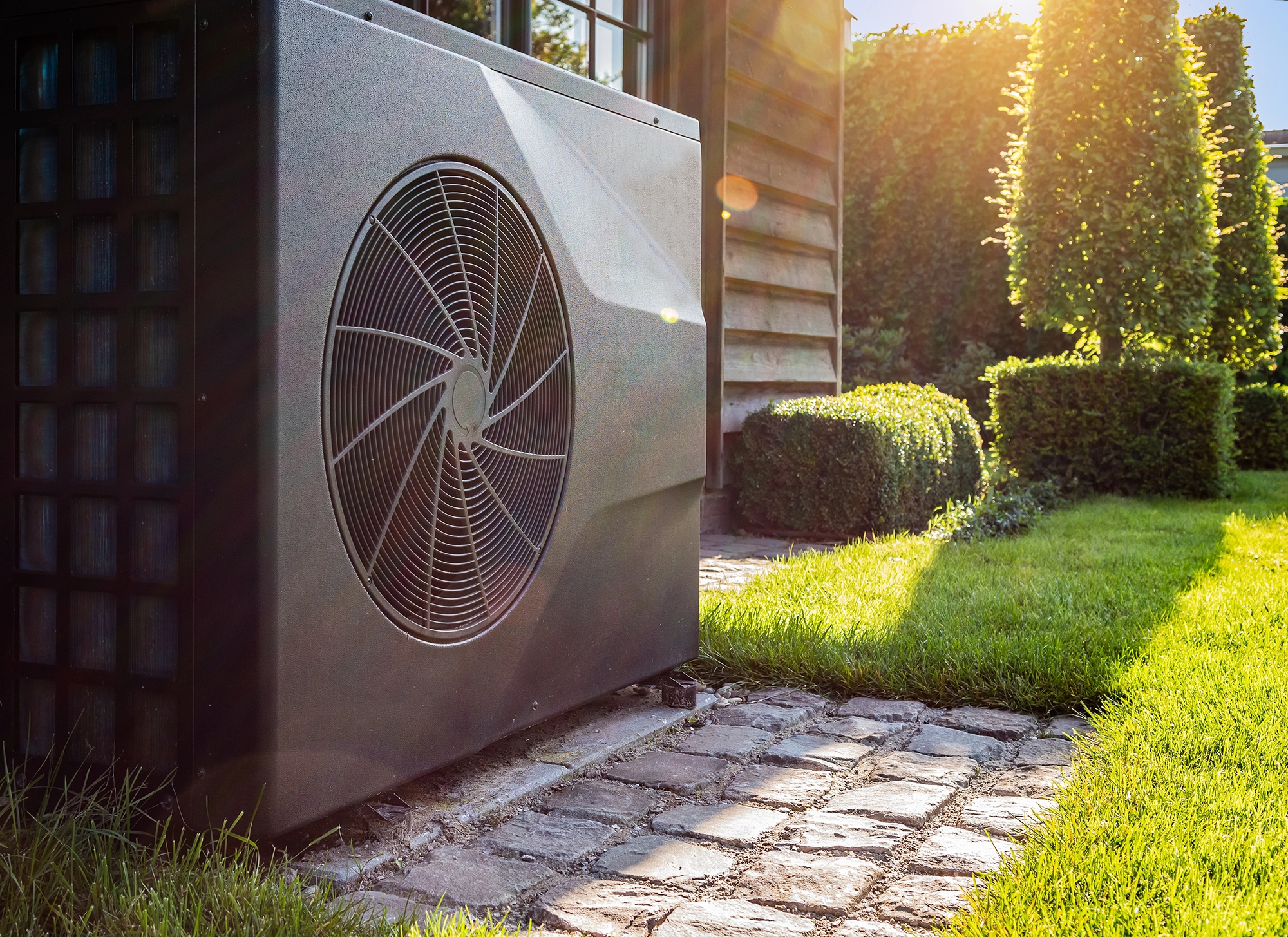
At Masper Build LTD, our team of NICEIC registered and fully insured engineers bring a wealth of experience in electrical work, including the design and installation of ASHP systems. We understand that each property is unique, and therefore, each requires a unique approach to ASHP system design and installation.
Our process begins with a comprehensive site survey, during which our engineers assess the property’s heating needs, the level of insulation, and the outdoor space available for the installation of the external unit of the ASHP. Based on this assessment, we design an ASHP system that is tailored to the property’s specific requirements.
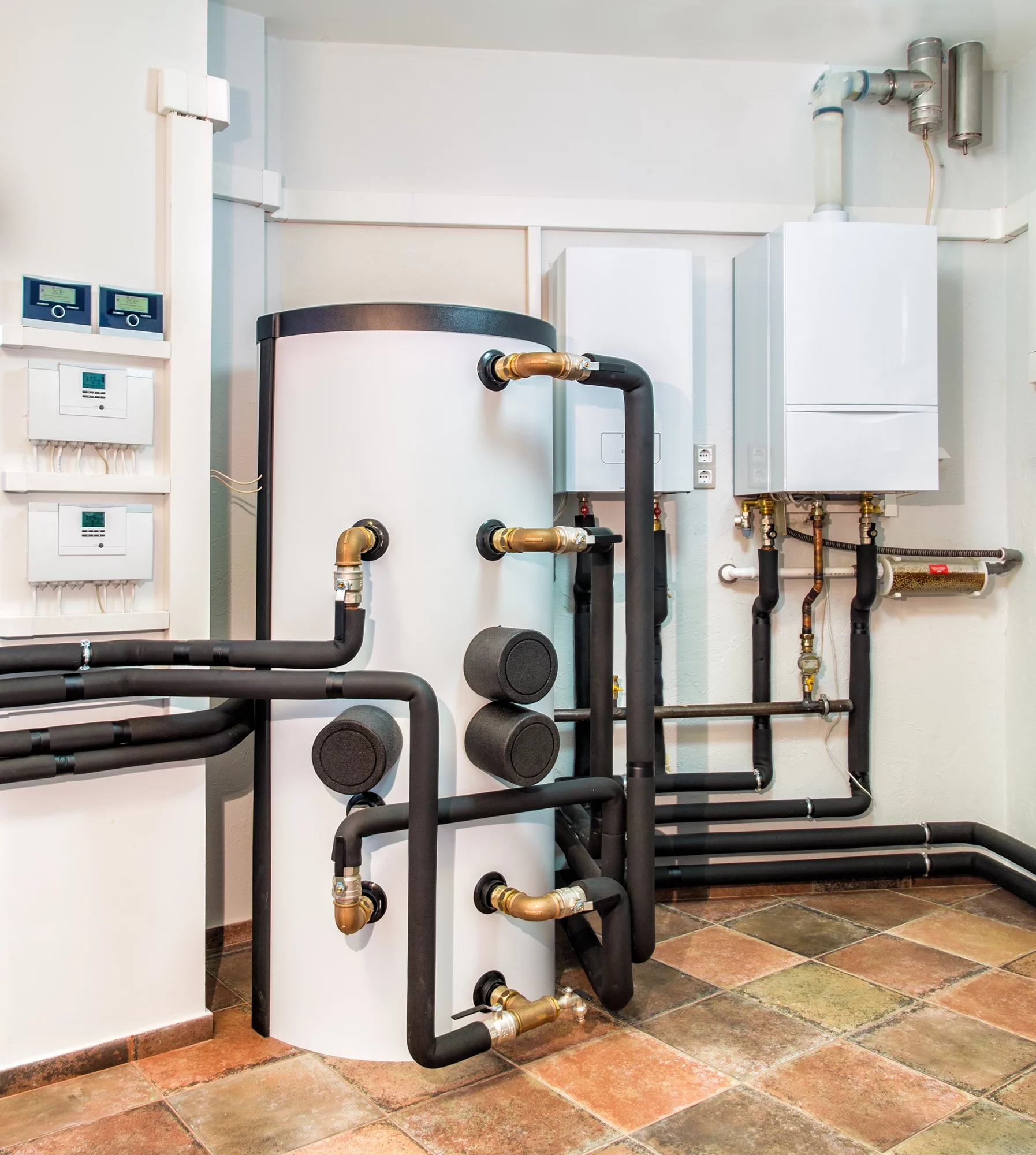
The design and installation of an Air Source Heat Pump (ASHP) system is a process that requires careful planning and execution. At Masper Build LTD, our team of skilled engineers ensures that each step of the process is carried out meticulously to provide our clients with an efficient and reliable heating solution.
The design of an ASHP system is a crucial step that determines its efficiency and effectiveness. It involves several factors that need to be considered:
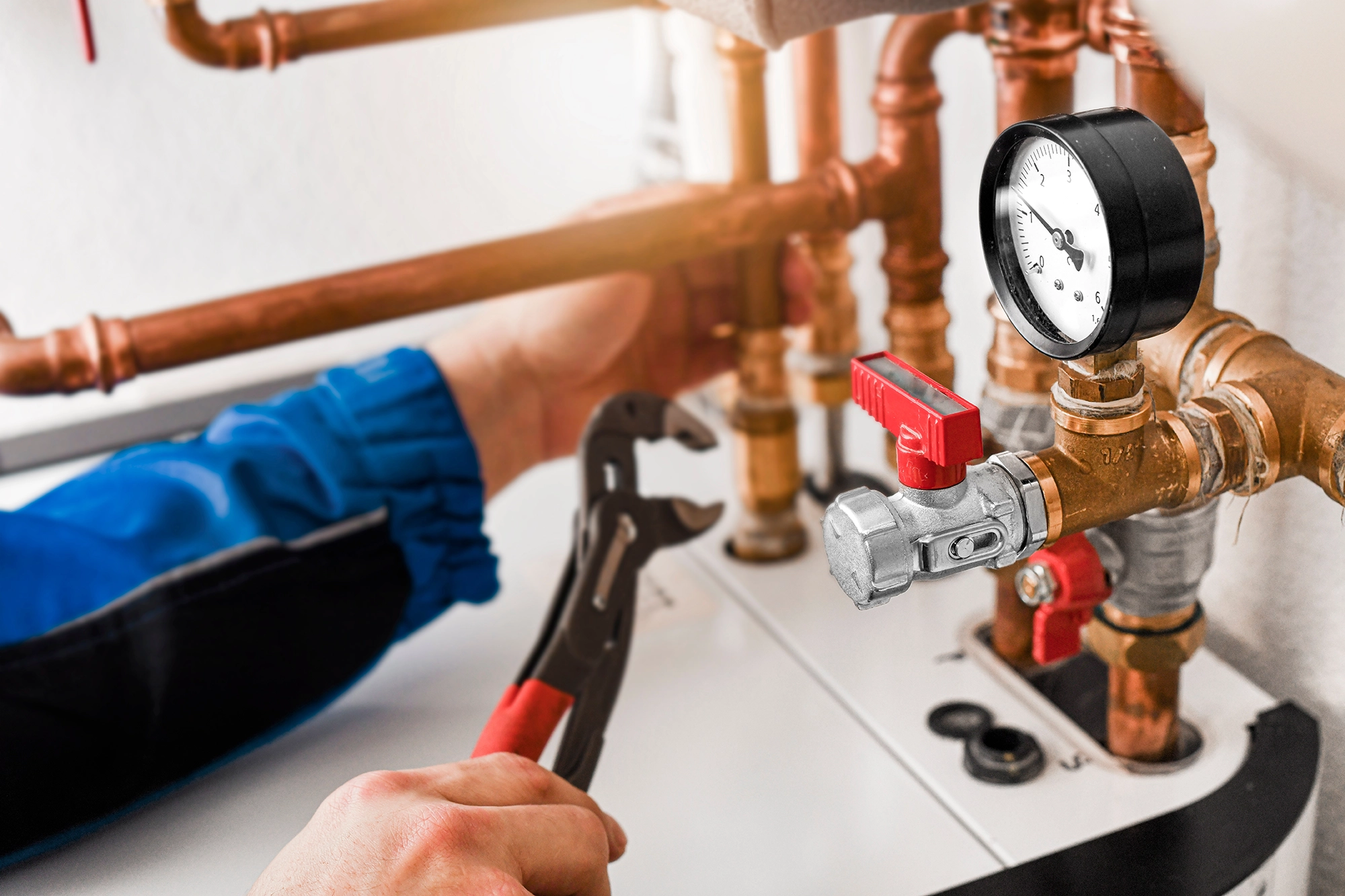
Once the design process is complete, the installation of the ASHP system can begin. Here are the main steps involved:
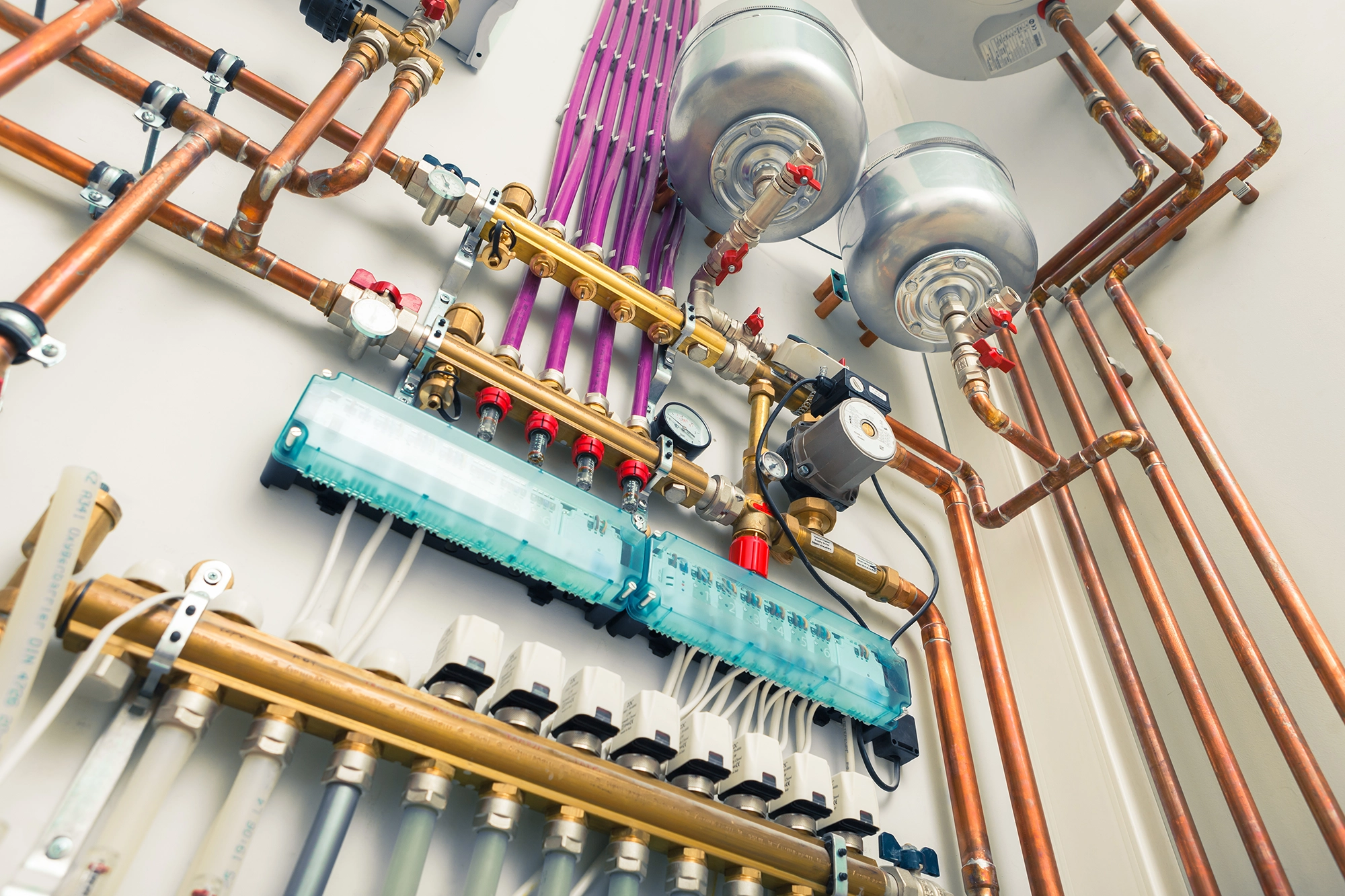
Investing in an Air Source Heat Pump (ASHP) system is a significant decision that involves considering various factors, including the cost of installation and the benefits that the system offers. At Masper Build LTD, we provide transparent pricing and comprehensive information to help our clients make informed decisions.
How Much Does It Cost to Install an Air Source Heat Pump System?
The cost of installing an ASHP system can vary depending on several factors, including the size of the system, the complexity of the installation, and whether any additional work, such as upgrading the existing heating system or electrical work, is required.
On average, the cost of installing an ASHP system can range from £11,000 to £22,000. This includes the cost of the heat pump itself, which can range from £6,000 to £13,000, and the cost of installation, which can range from £5,000 to £7,000. However, these are just average costs, and the actual cost can be higher or lower depending on the specific circumstances.
It’s also worth noting that there are government incentives available for installing ASHP systems, such as the grant scheme of £5,000 and 0% VAT rate till end of 2027, which can help offset the cost of installation.
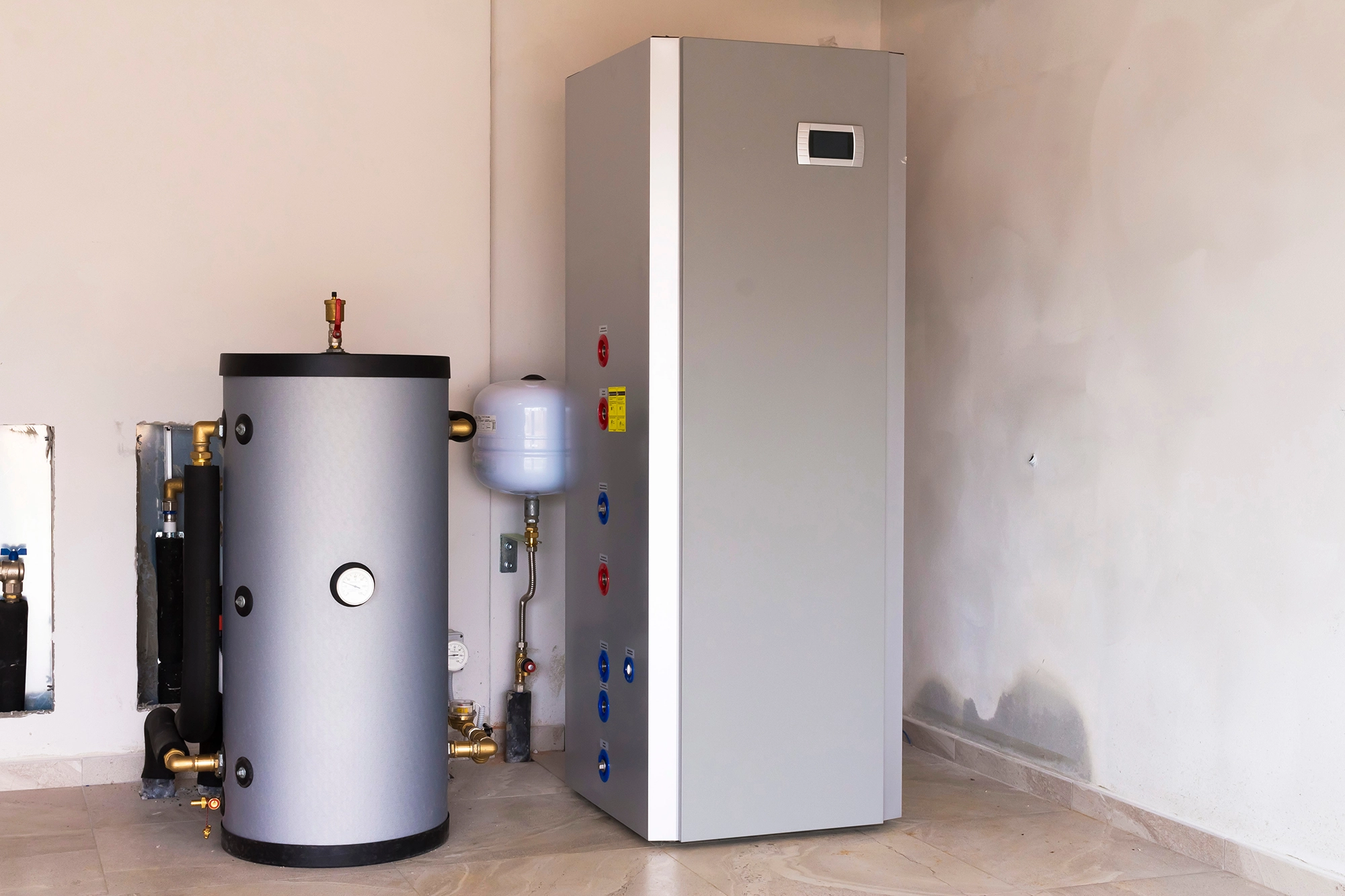
Investing in an ASHP system comes with a host of benefits:
Air Source Heat Pump (ASHP) systems are renowned for their efficiency and versatility. At Masper Build LTD, we believe in providing our clients with comprehensive information to help them understand the full potential of these systems.
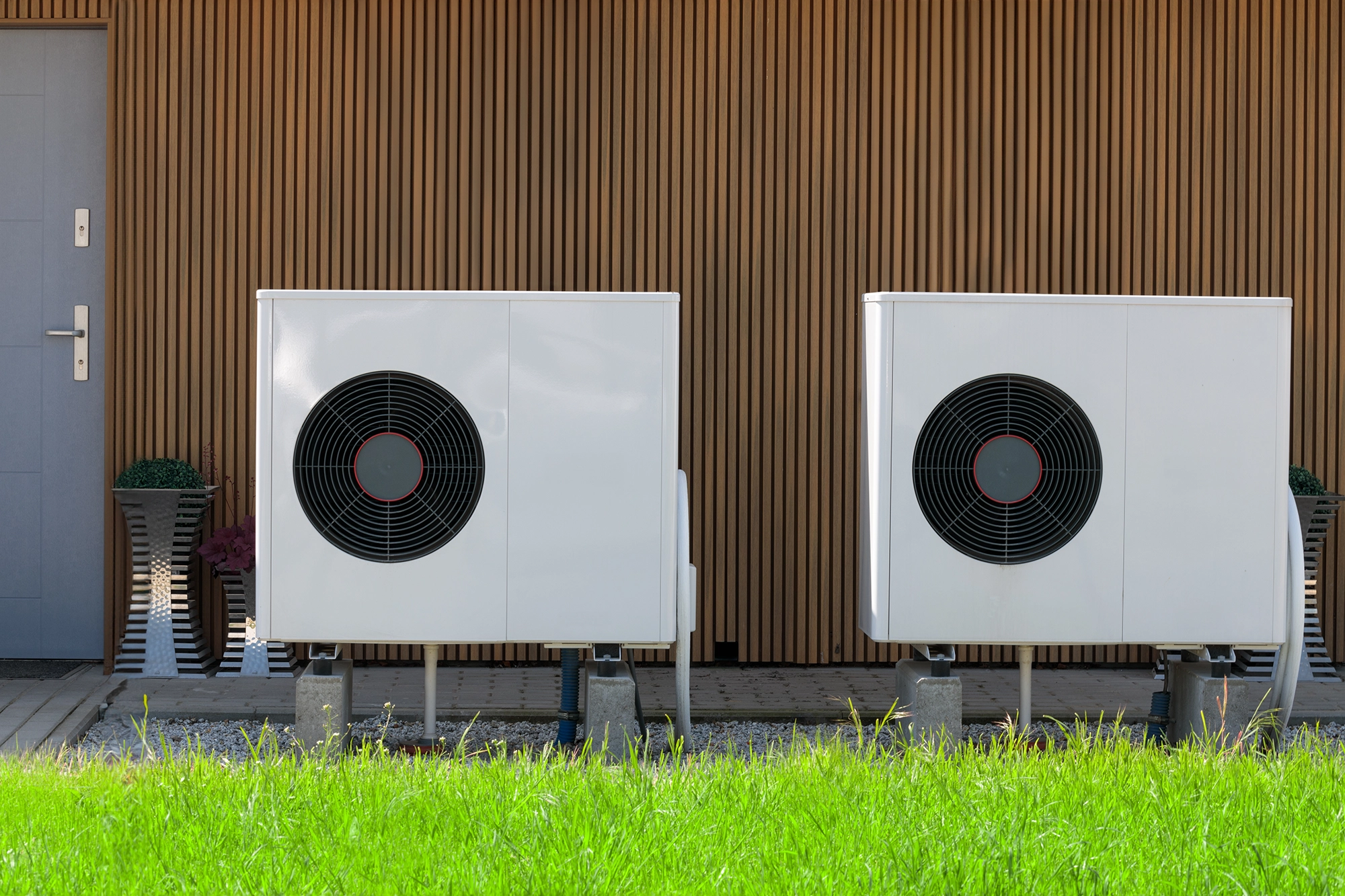
ASHP systems are highly efficient heating systems. They work by extracting heat from the outside air, which is a free and renewable resource. For every unit of electricity used to operate the system, an ASHP can produce three or more units of heat. This makes them more efficient than traditional heating systems, which often produce less than one unit of heat for every unit of electricity used.
The efficiency of an ASHP system is often expressed as a coefficient of performance (COP). The COP is the ratio of the heat produced by the system to the electricity used. A higher COP means a more efficient system.
It’s important to note that the efficiency of an ASHP system can vary depending on the outside temperature. ASHP systems are most efficient when the outside temperature is mild, but they can still operate efficiently in colder temperatures.
When compared to traditional heating systems, ASHP systems offer several advantages:
However, it’s worth noting that ASHP systems may require a larger upfront investment than traditional heating systems. They also require a suitable outdoor space for the installation of the outdoor unit.
In conclusion, ASHP systems offer a sustainable and efficient solution for heating and cooling needs. They represent a long-term investment that can lead to lower energy bills, reduced carbon emissions, and improved comfort.
At Masper Build LTD, we are committed to providing top-notch ASHP system design and installation services. Our team of competent, trained, and qualified engineers ensures that each ASHP system we install is tailored to the specific needs of the property, providing optimal performance and efficiency.
If you have any questions or if you’re interested in our ASHP system design and installation services, please feel free to contact us. You can also read testimonials from our satisfied customers to learn more about the quality of our work.